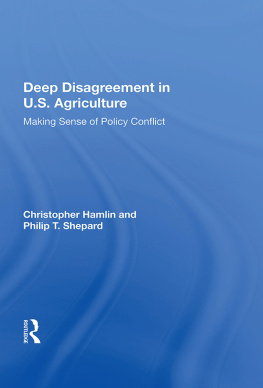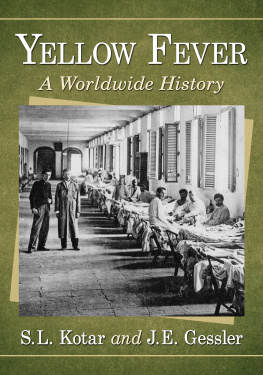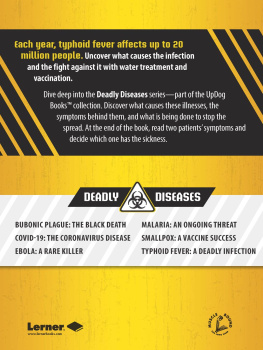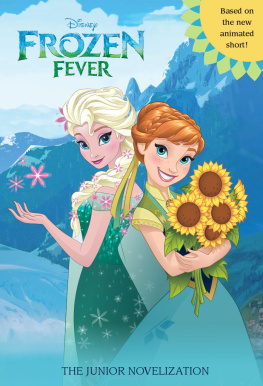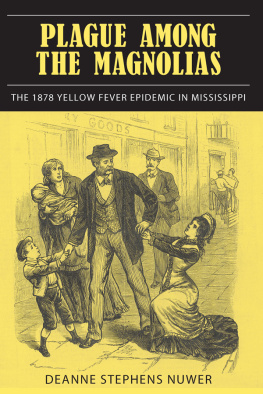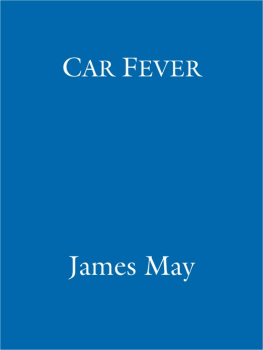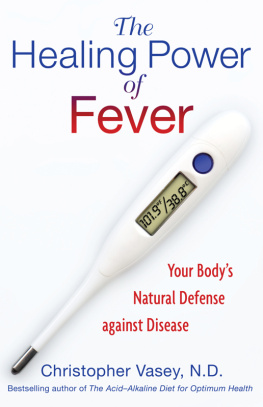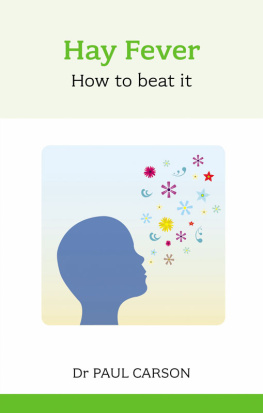Christopher Hamlin - More Than Hot: A Short History of Fever
Here you can read online Christopher Hamlin - More Than Hot: A Short History of Fever full text of the book (entire story) in english for free. Download pdf and epub, get meaning, cover and reviews about this ebook. year: 2014, publisher: Johns Hopkins University Press, genre: Religion. Description of the work, (preface) as well as reviews are available. Best literature library LitArk.com created for fans of good reading and offers a wide selection of genres:
Romance novel
Science fiction
Adventure
Detective
Science
History
Home and family
Prose
Art
Politics
Computer
Non-fiction
Religion
Business
Children
Humor
Choose a favorite category and find really read worthwhile books. Enjoy immersion in the world of imagination, feel the emotions of the characters or learn something new for yourself, make an fascinating discovery.

- Book:More Than Hot: A Short History of Fever
- Author:
- Publisher:Johns Hopkins University Press
- Genre:
- Year:2014
- Rating:4 / 5
- Favourites:Add to favourites
- Your mark:
More Than Hot: A Short History of Fever: summary, description and annotation
We offer to read an annotation, description, summary or preface (depends on what the author of the book "More Than Hot: A Short History of Fever" wrote himself). If you haven't found the necessary information about the book — write in the comments, we will try to find it.
Christopher Hamlins magisterial work engages a common experiencefeverin all its varieties and meanings. Reviewing the representations of that condition from ancient times to the present, More Than Hot is a history of the world through the lens of fever. The book deals with the expression of fever, with the efforts of medical scientists to classify it, and with fevers changing social, cultural, and political significance.
Long before there were thermometers to measure it, people recognized fever as a dangerous, if transitory, state of being. It was the most familiar form of alienation from the normal self, a concern to communities and states as well as to patients, families, and healers.
The earliest medical writers struggled for a conceptual vocabulary to explain fever. During the Enlightenment, the idea of fever became a means to acknowledge the biological experiences that united humans. A century later, in the age of imperialism, it would become a key element of conquest, both an important way of differentiating places and races, and of imposing global expectations of health. Ultimately the concept would split: fevers were dangerous and often exotic epidemic diseases, while fever remained a curious physiological state, certainly distressing but usually benign. By the end of the twentieth century, that divergence divided the world between a global South profoundly affected by feverschiefly malariaand a North where fever, now merely a symptom, was so medically trivial as to be transformed into a familiar motif of popular culture.
A senior historian of science and medicine, Hamlin shares stories from individualssome eminent, many forgottenwho exemplify aspects of fever: reflections of the fevered, for whom fevers, and especially the vivid hallucinations of delirium, were sometimes transformative; of those who cared for them (nurses and, often, mothers); and of those who sought to explain deadly epidemic outbreaks. Significant also are the arguments of the reformers, for whom fever stood as a proxy for manifold forms of injustice.
Broad in scope and sweep, Hamlins study is a reflection of how the meanings of diseases continue to shift, affecting not only the identities we create but often also our ability to survive.
Christopher Hamlin: author's other books
Who wrote More Than Hot: A Short History of Fever? Find out the surname, the name of the author of the book and a list of all author's works by series.

